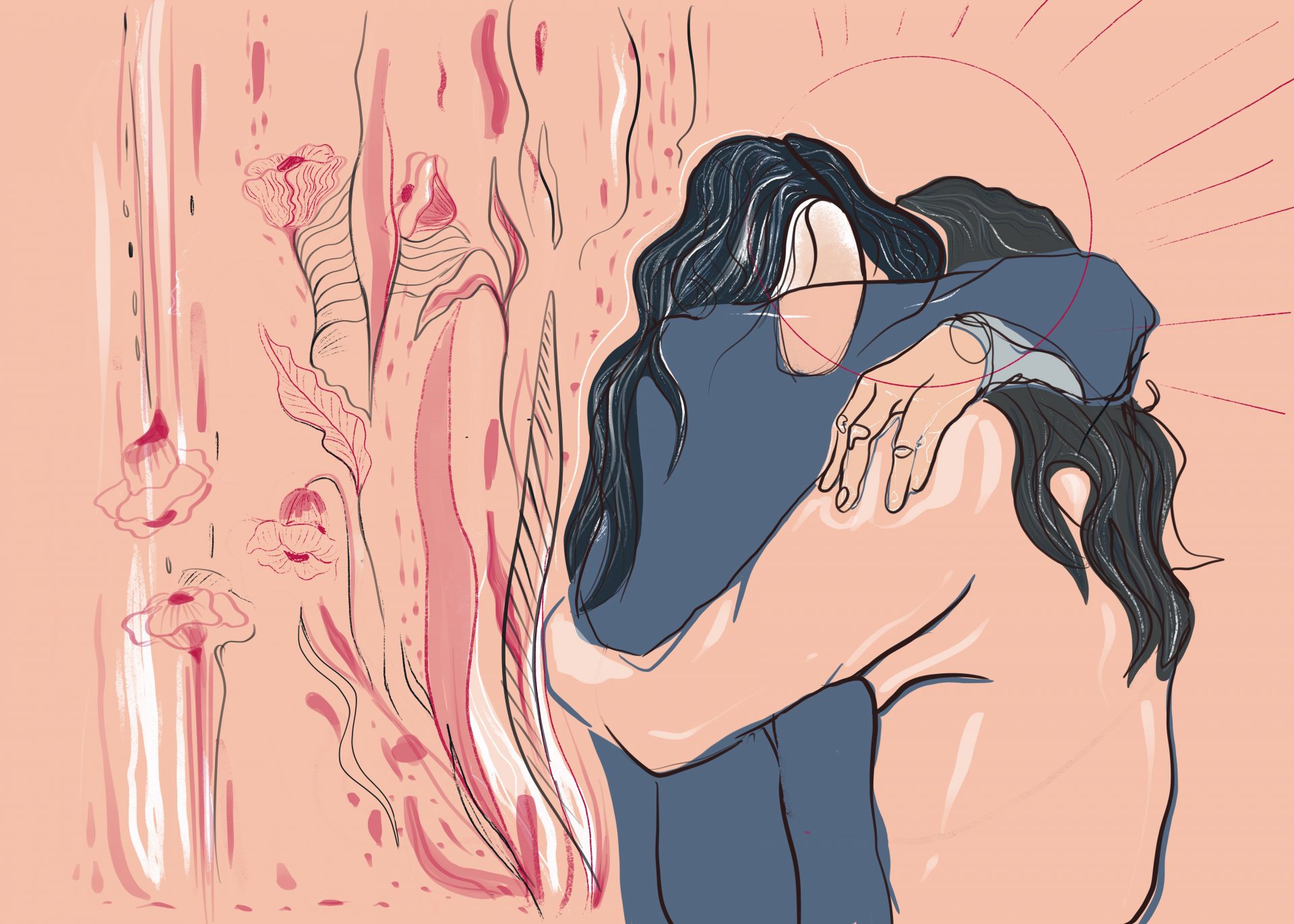azithromycin aristo alkohol

Written by Kayleigh Dray
Kayleigh Dray is Stylist’s digital editor-at-large. Her specialist topics include comic books, films, TV and feminism. On a weekend, after clomid when does ovulation occur you can usually find her drinking copious amounts of tea and playing boardgames with her friends.
Secondhand sadness is on the rise. Here’s the truth behind the psychological phenomenon, for anyone experiencing it right now.
The year is 2021 and, as such, we share basically everything; our photos are all over Instagram, our hot takes on Twitter, our personality quiz results on Facebook – and we ping our thoughts and feelings to one another, too, over WhatsApp.
There are, of course, so many benefits to all of this. For starters, we can be there to cheer our loved ones on and celebrate their successes at the drop of a hat, tuning in from afar with ease at the mere click of a button. We experience their joy right along with them.
On the flipside, then, if someone close to us is going through something awful, we can offer our support more readily than ever. But this can, in turn, cause us to experience a psychological phenomenon known as “secondhand sadness.”
What is secondhand sadness?
“Ever had a friend tell you a tragic story, heard they’ve lost a loved one or are going through a really hard time, and you’ve felt their sadness on a different level? It’s a combination of empathy (understanding what others feel) and sympathy (feeling for others),” explains Beingwell life coach Grace McMahon.

“Sharing any emotions – especially the bigger ones like sadness, anger and happiness – allows our friendships to blossom. In fact, we forge a bond far stronger than if we both chat about watching the same TV shows over the weekend. So we can end up feeling emotions for others, as well as our own.”
Is secondhand sadness a symptom of narcissism?
Of course, it’s easy to assume you’re being self-indulgent if you find yourself feeling low on another’s behalf; after all, the sadness-inducing event is not happening to you directly, so why on earth are you behaving as if it is?
McMahon, however, says secondhand sadness is only ever considered a selfish act if you are going to other people for sympathy of your own.
“It’s more likely that you are an empathetic person,” she says. “But sometimes, when we accidentally confuse sympathy and empathy we can end up really feeling that emotion with someone, rather than understanding how they feel and recognising the challenge it brings for them, not us. And this can really affect our own mental wellbeing.”
How can we protect ourselves from secondhand sadness?
It’s important we make sure we are there and present for the people in our life who need us most, of course, but can we do so while protecting our own emotional wellbeing? Absolutely. In fact, McMahon suggests we make an effort to try and be empathetic rather than sympathetic, because developing empathy actually helps to protect us from the emotions of others.
“When someone shares some sad news, or how they’re really doing at the moment if things aren’t easy, we can come away feeling sad for them, which in turn can dampen our own spirits – primarily because we really love this person and want the best for them,” she says.
“Try to make listening a priority. So, when a friend is telling us about a difficult situation, listen – and listen without making any judgement, be it good or bad – to really hear and understand what they are experiencing, feeling and thinking about it.”

McMahon adds: “Try to avoid thinking how you would react if it was you. Instead, just listen to how they are reacting and what it means for them. This will avoid confusing the feelings between you, help you to understand their point of view, and allow you to respond effectively with phrases like, ‘This must be really hard for you right now,’ or ‘I hope things get better for you soon, can I do anything to help?’
“This also means we can bypass frustrating toxic positivity (when we seek a positive in everything despite the direness of a situation).”
5 things to do to help combat secondhand sadness
1) Offer your help
“Ask what might help them, even if it’s just being there for company and not talking,” says McMahon. “Maybe they need some help with daily responsibilities like picking up milk and bread from the shops or going for a dog walk together. Even just picking up the phone for a chat might help them through a tough time, but always ask rather than guess or suggest things as this might feel quite overwhelming for them.”
2) Hold your boundaries
McMahon explains that boundaries are put in place not just to protect yourself, but to also prolong friendships. “When a friend isn’t doing too well we can feel obliged to try to ‘fix’ it for them,” she says. “And, while kindly intended, that is not your responsibility. Help them find support and offer your help, but only when you can. We all have our own things going on, too, and sometimes they need tending above all else, so be sure to mention that.
“If they call and you’re in a meeting, for example, let them know you’ll call back later when you can. If your head feels too full to listen right now, say that and suggest another time to talk.
3) Check in with yourself
“Take a moment with yourself to reflect,” says McMahon. “Not everyone is down for this, and some don’t see the point, but if we’re experiencing secondhand sadness and it’s clouding our ability to help others, checking in with ourselves is a great way to collect our thoughts and understand them.
“We might notice that we’ve been feeling down since our friend told us what they’re going through, and reflecting might help us recognise that we are feeling their feelings and not our own.”

She adds: “This in turn allows us to step back and change the narrative. Try telling yourself, ‘I’m feeling sad for her, but things are going well for me,’ or ‘I’m really struggling to comprehend how she is managing right now, I would be so worried and sad,’ as doing so highlights the differences in our feelings and where they are truly coming from.”
4) Find some joy
“Even if it’s in baking a banana bread or watching your favourite TV show again, moments of joy give us a break from the heavier, less than joyful moments,” advises McMahon. “Even when they are trivial or short, it’s a moment of peace from the sadness, and you could invite your friends along.”
5) Feel it
“When we allow ourselves to feel pain, hurt, sadness, it does actually pass much quicker than when we push it down or brush over it,” promises McMahon. “It’s not particularly pleasant to feel those stronger emotions, even if it’s your friend’s sadness, but they do pass and prevent us from dwelling on it so much that it becomes first-hand feelings. You could even feel it together, and talk about it together, cry together and maybe even a small laugh will come about.”
Essentially, it’s important to remember that secondhand feelings are not our own, so we can choose not to fester in them. Of course, it is always difficult watching our loved ones struggle, but this is different to feeling their pain for them. So, when you do get secondhand sadness, remember to check in with those feelings and yourself.
As McMahon says: “You need to make sure your feelings are being nurtured, too – whether they’re secondhand or not.”
If you, or someone you know, is struggling with their mental health, you can find support and resources on the mental health charity Mind’s website and NHS Every Mind Matters. You can also access the NHS’ list of mental health helplines and organisations.
Additionally, you can ask your GP for a referral to NHS Talking Therapies, or you can self-refer.
For confidential support, you can also call the Samaritans in the UK on 116 123 or email [email protected].
Images: Getty
Source: Read Full Article